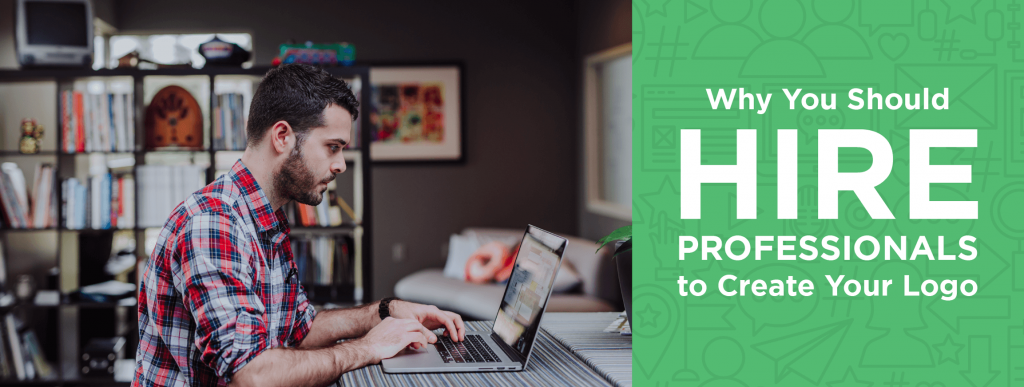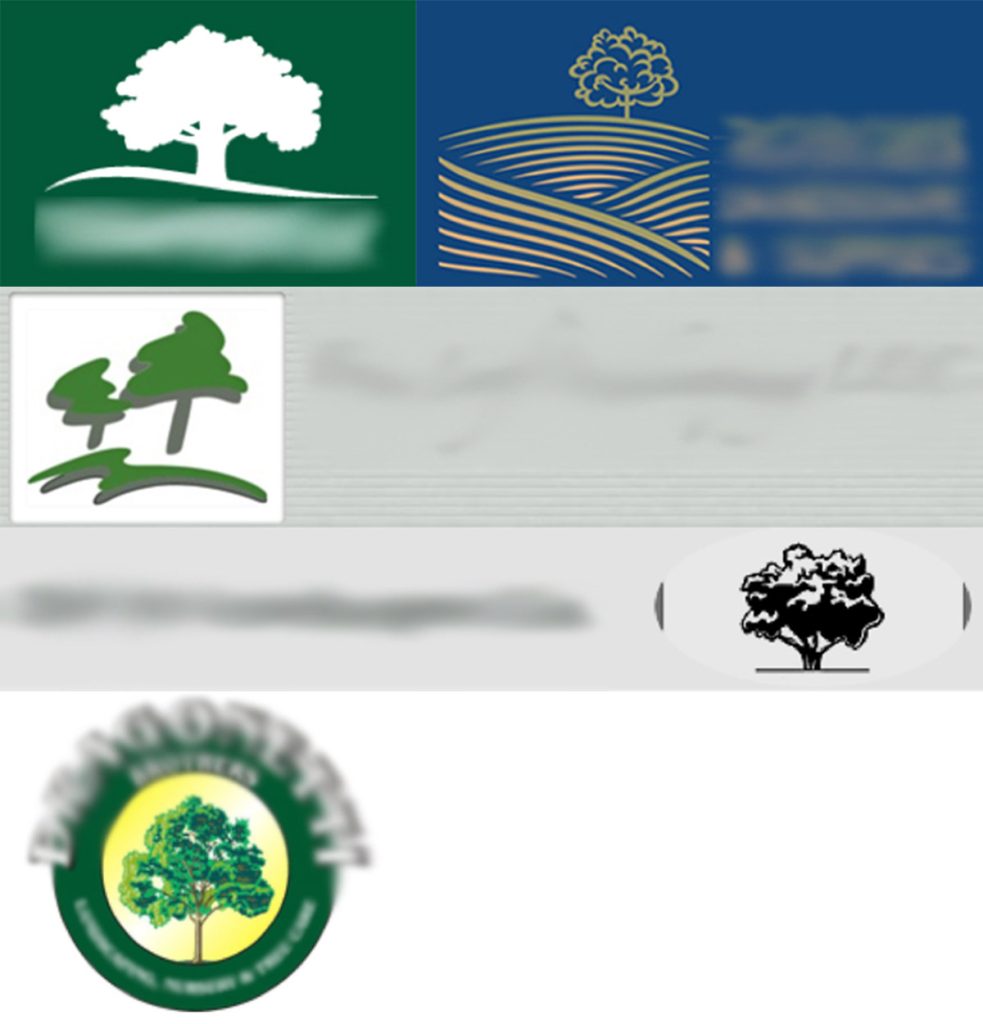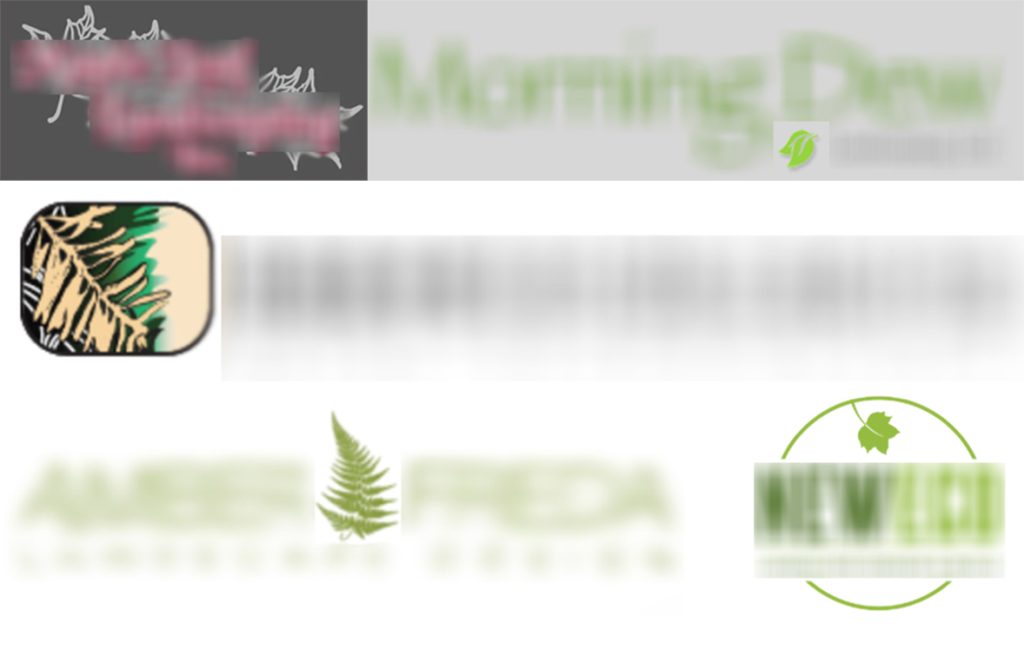- Miscellaneous

I don’t need to explain what a logo is.
Just by mentioning the word, images come into your mind. McDonald’s golden arches. Nike’s swoosh. Apple’s apple. The Starbucks lady. (I realized I had no idea who she was even supposed to be. She’s a siren with two tails. ?)
But maybe I do need to explain what a logo does.
The basic answer is that a logo is a visual representation of a company. A simple way to graphically identify a company.
But a good logo does more than that; it communicates the essence of a company.
Logos don’t do all the work by themselves, though.
To attach any real meaning to a logo, people have to have some level of interaction with your brand. Then, the logo does begin to become a sort of visual shorthand for your brand. When you see the Apple apple, what do you think of? If you’re like me, you perceive simplicity, value, quality, maybe even status.
It doesn’t really matter that I didn’t even know who the lady in the Starbucks logo was. Because I didn’t derive my understanding of Starbucks directly from the logo; I formed it based on my experiences with Starbucks—that coffee shop aroma, the chill playlist and the sounds of coffee being prepared (I looked it up. You can listen to Starbucks sound effects if you feel so inclined.), the peaceful ambience, and, of course, the delicious beverages.
That being said, there is meaning behind Starbuck’s logo design. Once I learned the history of the Starbucks siren, it deepened my knowledge of the company and what it stands for.
Not All Logos Are Created Equal
If you’re looking to get a logo developed for your new company, know this: There are a lot of ways to get a logo designed quickly and cheaply, but a lot of those ways (read: most if not all) are terrible.
As I’ve covered, your logo is integral to your brand. It becomes part of your brand. You need a high-quality, distinctive logo that truly represents your company.
The key is to work with professionals who not only understand design, but also marketing—professionals who really get to know you and your vision for your brand.
Don’t go to an online service. And, if you’re not an experienced and educated graphic designer, please, please, don’t make your own logo. And please, please, please don’t use a free logo design tool. I am literally begging you.
Those routes often result in logos that are a) sloppy or amateurish and b) the same as everyone else’s.
Amateur Hour Logos
Logo design is subjective. What one person calls a “bad” logo might be beloved by another. But some logos earn widespread scorn. That’s not the kind of publicity anyone wants for their brand. (Interesting how a good logo takes on brand meaning, but a lousy logo reflects directly on the brand. ?)
But views toward amateurish logos are not subjective. If logos are busy or overcomplicated, unbalanced or sloppily designed, don’t scale or print well, use an inappropriate font (Comic Sans and Papyrus, I’m looking at you), and don’t fit a company or play well with the rest of a company’s identity, there are clearly some issues.
An unprofessional logo makes your business appear unprofessional. Not a good look.
Cliché Logos
You also don’t want your logo to look like everyone else’s. You want something unique that distinguishes your brand from competitors.
Just for fun, I typed “landscaping New York” in Google and visited the website of every company that showed up on the first few pages of search results. I started to see some themes. I could separate the majority of the logos into two buckets.
“Trees”:

And “Leaves”:

In 2 Fish Company’s area, landscaping organizations tend to stick to similar themes.
Now, I’m not saying that any of these logos are bad. (At least not explicitly.) But I am saying that having a unique logo will make you stand out in your industry.
Beyond the Logo
Yet another reason to go with the pros for your logo is that fact that you really need a full visual identity.
A visual identity goes beyond your logo to include typefaces, icons, illustrations, photos, and color schemes. Essentially, it encompasses the basic elements you’ll use to visually represent and communicate about your company.
A reputable designer will be equipped to put together a full visual identity. Generally, you’ll also get a brand guidelines document that sums up how to properly use all of the elements of your identity. This will help you communicate consistently about your business. A consistent brand helps raise awareness and build trust and loyalty among customers.
To conclude, I want to say that your logo will probably not make or break your business success. There are plenty of businesses that are doing just fine despite objectively awful logos.
But a high-quality, distinctive logo (and full visual identity) will set you apart. Your logo is often the first impression someone will have of your business, and you want to make a great first impression.
Remember: You get what you pay for. I’m not saying that you must shell out a ton of cash for the very best logo designer. Find a reasonably-priced individual or agency that suits you. Just don’t go for one-size-fits-all internet logo design or your 17-year-old neighbor who once watched a YouTube video about logo design but has never opened Adobe Illustrator before.
You’ll be living with your visual identity for a long time if all goes well, so think of it as an investment.
Looking to have a high-quality, distinctive logo designed for your business? Contact us! You can also read about our logo design process here.
SHARE IT!
-
Miscellaneous
Top 5 Trends in Digital Marketing
-
Culture
Boo-sting Sales: The Eerie Evolution of Halloween in Marketing




